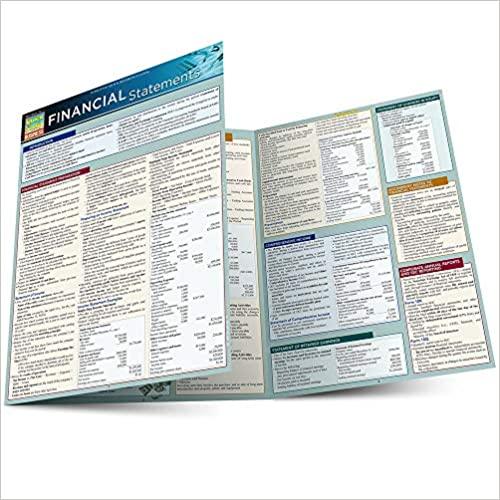Answered step by step
Verified Expert Solution
Question
1 Approved Answer
For this question, I suggest that you copy tab 10.20 in the lectures_03_04.xlsx file on the course site into a new Excel file. You may,

Step by Step Solution
There are 3 Steps involved in it
Step: 1

Get Instant Access to Expert-Tailored Solutions
See step-by-step solutions with expert insights and AI powered tools for academic success
Step: 2

Step: 3

Ace Your Homework with AI
Get the answers you need in no time with our AI-driven, step-by-step assistance
Get Started


